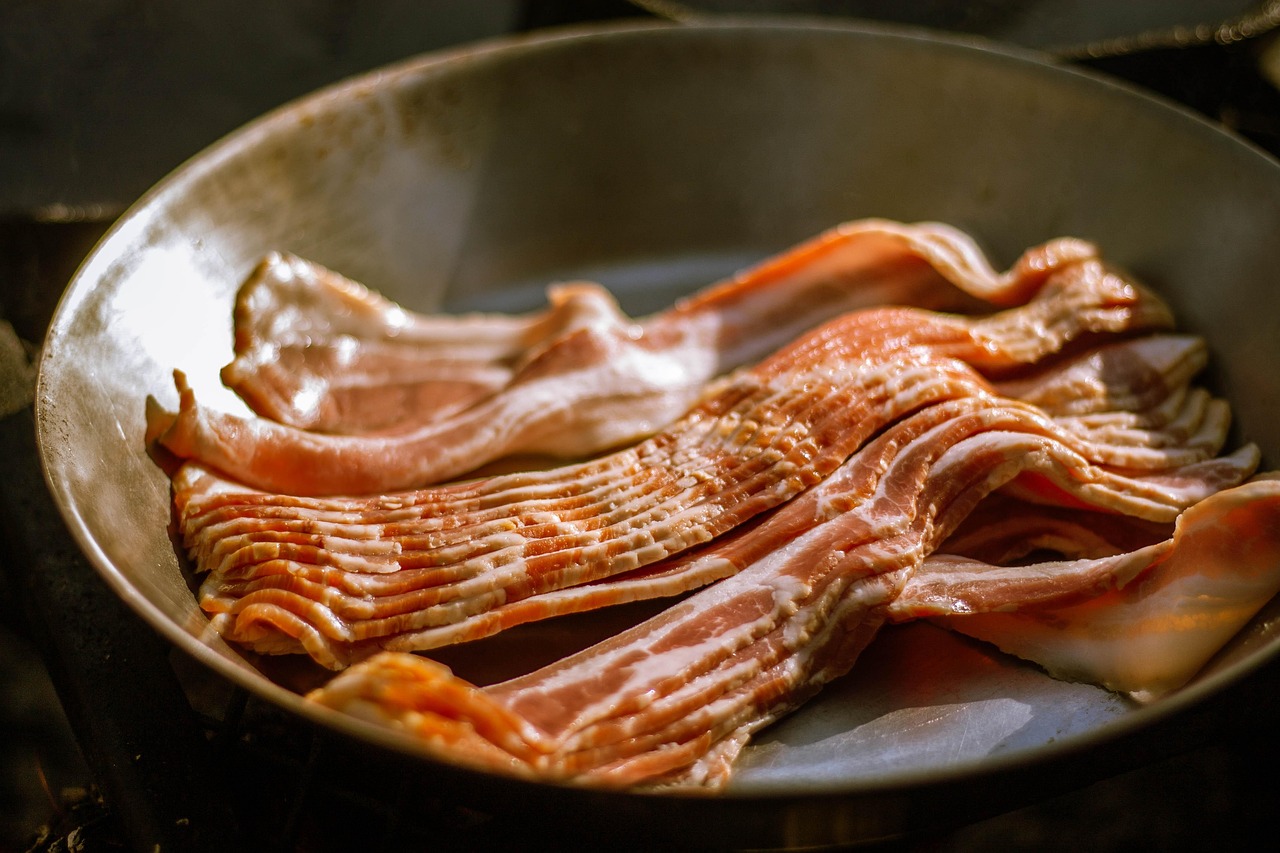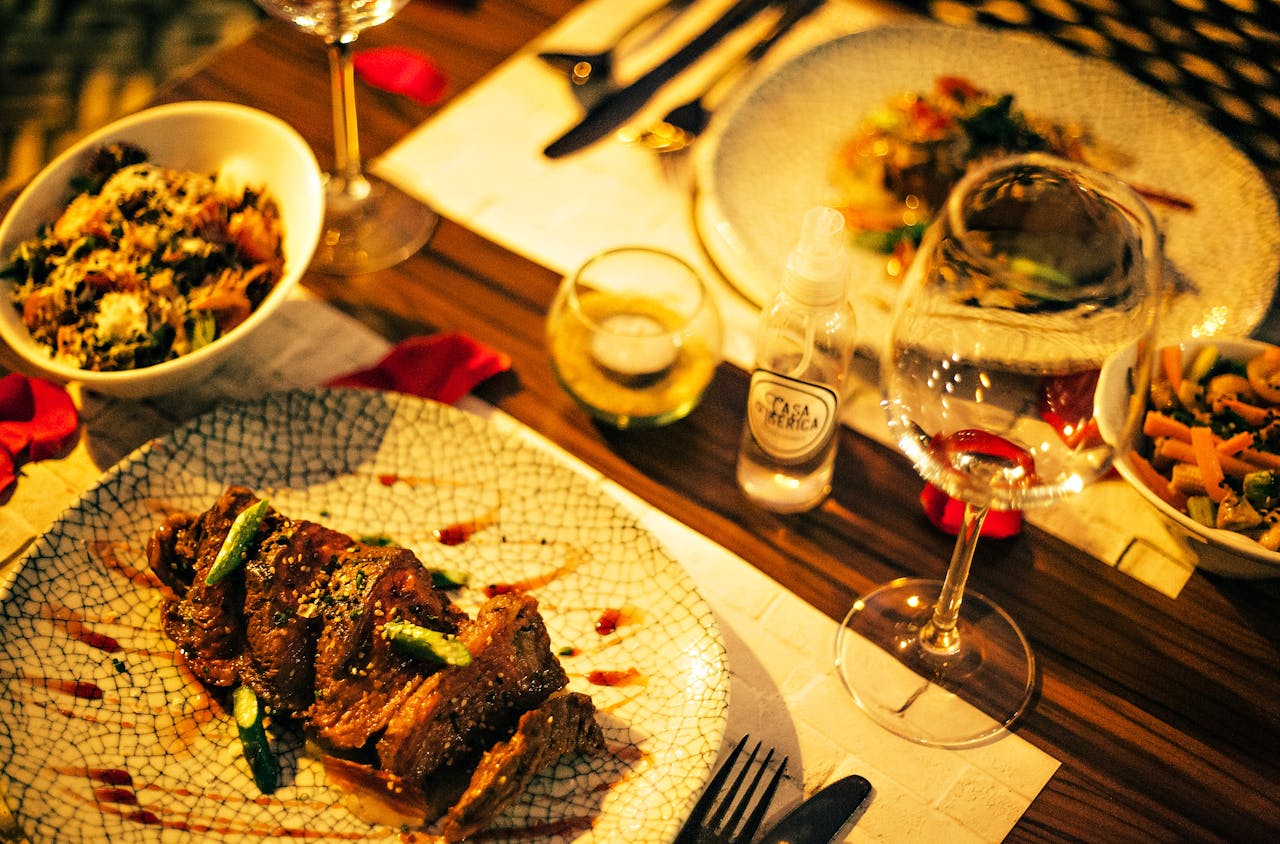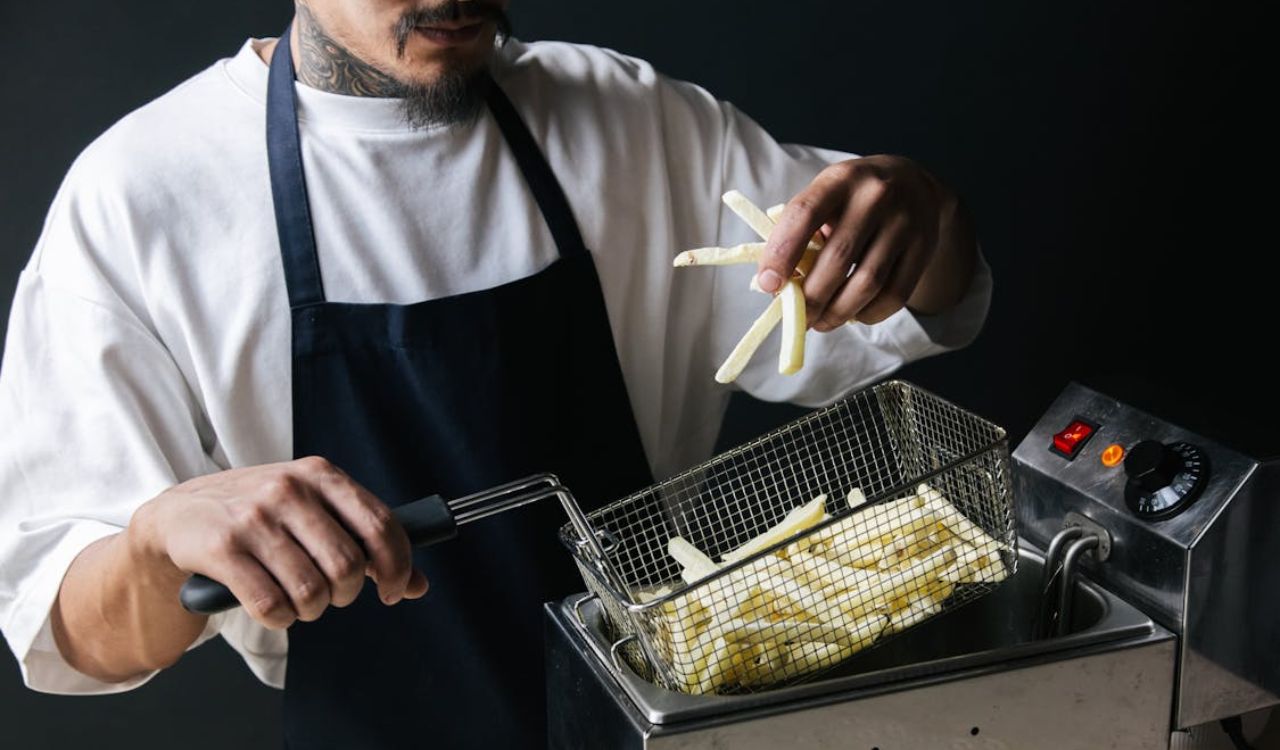The Common Meat Thawing Mistake People Make and How to Do It Safely

A lot of home cooks treat thawing meat like an afterthought. You grab the package, leave it on the counter, and assume an hour or two of room-temperature air will do the job. Here’s the thing: that habit opens the door to bacterial growth long before the meat feels thawed.
Safe thawing is less about speed and more about control. Once the surface of the meat warms into the danger zone, harmful bacteria multiply fast, even if the center is still frozen. The goal isn’t to make thawing slow or inconvenient. It’s to keep the entire piece of meat within a safe temperature range.
When you know how to thaw meat properly, you cut your risk of foodborne illness and get better texture when it finally hits the heat. Let’s break down what people get wrong and how to fix it.
The Dangerous Countertop Thaw
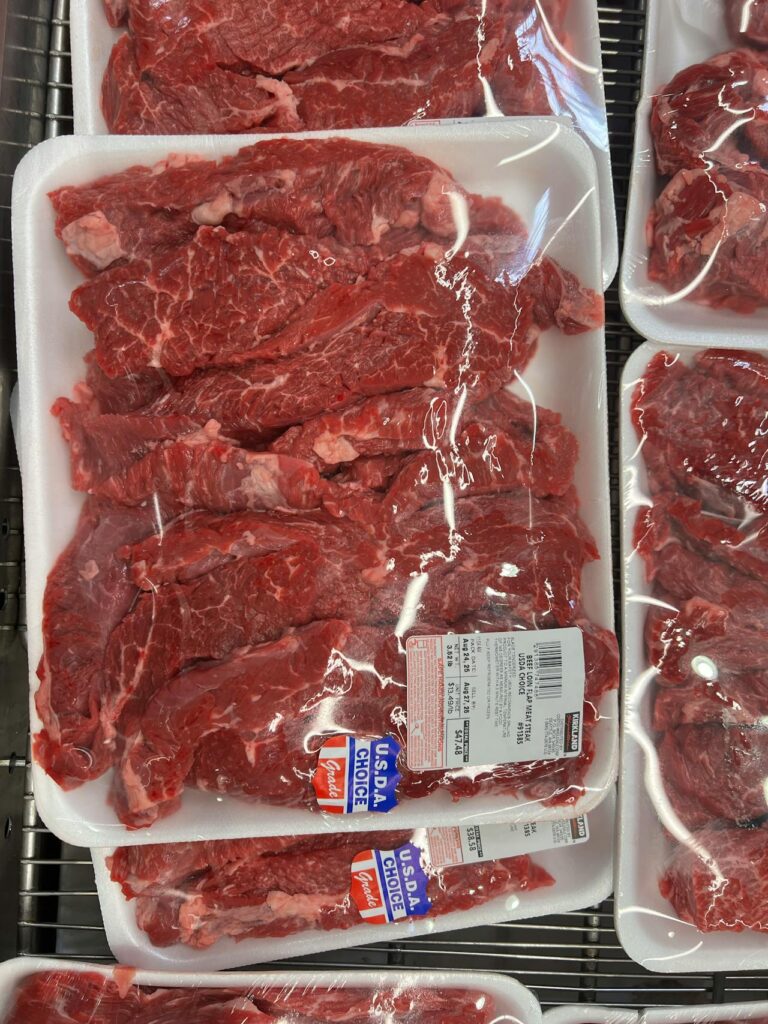
Leaving meat on the counter feels quick, but the surface warms long before the center thaws. That warm zone becomes a perfect place for bacteria to grow. Even if the meat still feels icy inside, the outside may already be unsafe to cook. You can’t see the problem, which is why so many people underestimate the risk.
Why Leaving Meat Out Feels Convenient
Most people leave meat on the counter because it looks harmless. You can see it, it’s in your kitchen, and it seems like it should warm gently without much risk. What this really means is you’re relying on room air to do the work, but room air heats the surface too quickly. The inside stays frozen while the outside lingers in unsafe temperatures.
The Real Problem: Temperature Zones
Once meat sits between 4°C and 60°C (40°F and 140°F), bacteria like Salmonella and Staph multiply fast. Even a couple of hours on the counter gives them the head start they need. The trouble is you don’t see or smell anything wrong, so it’s easy to assume the meat is fine.
The Refrigerator Method: Slow but Safe

Using the fridge may take more time, but it’s the safest way to thaw meat evenly. Everything stays cold while slowly softening, so bacteria never get the chance to grow. Setting a tray underneath prevents cross-contamination and makes cleanup simple. If you plan, the slow thaw becomes a habit that feels effortless.
How It Works
Thawing meat in the fridge keeps it below 4°C (40°F), which stops bacteria from multiplying. It takes planning, but you get a controlled environment that keeps the whole cut safe as it thaws. The payoff is a cleaner flavor and better texture once cooked.
Tips to Make It Easier
Place the meat on a tray to catch drips and put it on the bottom shelf so any juices don’t contaminate other foods. Thaw small packages overnight and larger roasts a full day or two ahead. Planning around your meals makes the slow method feel much easier.
Faster Options That Still Keep You Safe
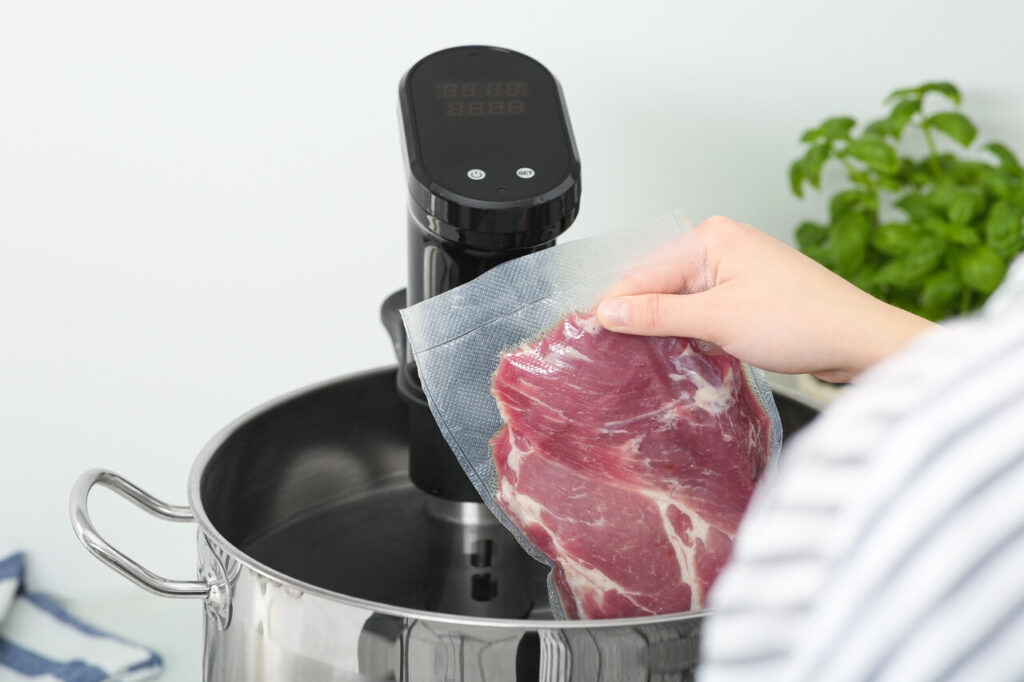
When you don’t have hours to spare, you can still thaw meat without slipping into the danger zone. Cold water and microwave methods work, as long as you manage the temperature and move straight to cooking once the meat softens. These approaches save time without inviting bacterial growth.
Cold-Water Thawing
Cold-water thawing uses running or frequently changed cold water to loosen the meat quickly without letting it warm into unsafe territory. You keep the meat sealed, submerge it in cold water, and refresh the water every half hour. What this really means is you get speed without leaving the food unprotected.
Microwave Thawing
Microwave thawing isn’t ideal for texture, but it helps when you’re short on time. The edges may start to cook, so you need to move straight to the stove or oven right away. It’s a last-minute option, not a regular method.
A Few Simple Tweaks Keep You Safe
Thawing meat safely isn’t complicated once you understand what’s at stake. You just need to control the temperature and avoid leaving the food where bacteria thrive. Whether you plan with the fridge or use cold water for speed, these small habits protect both your meal and your health. The good news is once you adopt them, unsafe thawing becomes a thing of the past.


